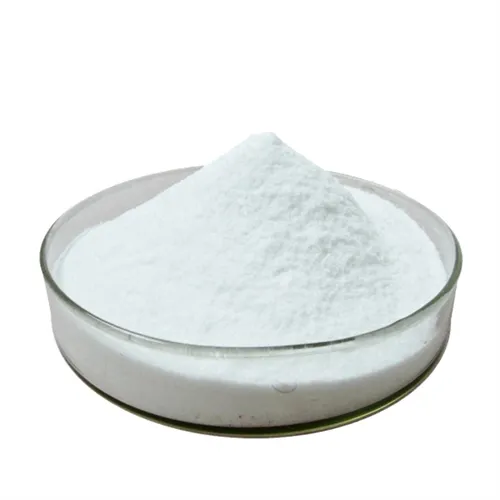Warning: Undefined array key "title" in /home/www/wwwroot/HTML/www.exportstart.com/wp-content/themes/1198/header.php on line 6
Warning: Undefined array key "file" in /home/www/wwwroot/HTML/www.exportstart.com/wp-content/themes/1198/header.php on line 7
Warning: Undefined array key "title" in /home/www/wwwroot/HTML/www.exportstart.com/wp-content/themes/1198/header.php on line 7
Warning: Undefined array key "title" in /home/www/wwwroot/HTML/www.exportstart.com/wp-content/themes/1198/header.php on line 7
- Afrikaans
- Albanian
- Amharic
- Arabic
- Armenian
- Azerbaijani
- Basque
- Belarusian
- Bengali
- Bosnian
- Bulgarian
- Catalan
- Cebuano
- China
- China (Taiwan)
- Corsican
- Croatian
- Czech
- Danish
- Dutch
- English
- Esperanto
- Estonian
- Finnish
- French
- Frisian
- Galician
- Georgian
- German
- Greek
- Gujarati
- Haitian Creole
- hausa
- hawaiian
- Hebrew
- Hindi
- Miao
- Hungarian
- Icelandic
- igbo
- Indonesian
- irish
- Italian
- Japanese
- Javanese
- Kannada
- kazakh
- Khmer
- Rwandese
- Korean
- Kurdish
- Kyrgyz
- Lao
- Latin
- Latvian
- Lithuanian
- Luxembourgish
- Macedonian
- Malgashi
- Malay
- Malayalam
- Maltese
- Maori
- Marathi
- Mongolian
- Myanmar
- Nepali
- Norwegian
- Norwegian
- Occitan
- Pashto
- Persian
- Polish
- Portuguese
- Punjabi
- Romanian
- Russian
- Samoan
- Scottish Gaelic
- Serbian
- Sesotho
- Shona
- Sindhi
- Sinhala
- Slovak
- Slovenian
- Somali
- Spanish
- Sundanese
- Swahili
- Swedish
- Tagalog
- Tajik
- Tamil
- Tatar
- Telugu
- Thai
- Turkish
- Turkmen
- Ukrainian
- Urdu
- Uighur
- Uzbek
- Vietnamese
- Welsh
- Bantu
- Yiddish
- Yoruba
- Zulu
Ago . 15, 2024 08:46 Back to list
Exploring the Use and Safety of Cyclamate and Saccharin as Low-Calorie Sweeteners in Foods
Cyclamate and Saccharin A Sweet Engagement with Society
In the realm of artificial sweeteners, cyclamate and saccharin hold significant historical and sociocultural importance
. First introduced in the early 20th century, these sweeteners have not only played critical roles in the food industry but have also sparked vigorous debates surrounding health and safety.Cyclamate was discovered in 1937 by the chemist Michael Sveda while he was working at the University of Illinois. This compound, derived from cyclohexylamine, quickly gained popularity due to its sweetness—approximately 30 to 50 times sweeter than sucrose (table sugar). Its low caloric content and the ability to enhance flavors made cyclamate particularly appealing to individuals looking to reduce sugar intake. By the 1950s, cyclamate was widely used in food and beverage products, including soft drinks and sugar-free snacks.
Conversely, saccharin, discovered in 1879 by chemist Constantin Fahlberg, is often considered the first artificial sweetener. Saccharin is about 300 to 500 times sweeter than sugar and is still used today in various products. Its unique characteristics allow it to withstand high temperatures, making it suitable for use in baked goods and processed foods.
However, the journey of both cyclamate and saccharin has not been without challenges. Over the years, concerns about the safety of these sweeteners have been raised. In the 1970s, cyclamate faced a ban in the United States after studies indicated a potential link to cancer in laboratory rats. While subsequent research has cast doubt on the strength of this connection, the ban remains in place.
cyclamate and saccharin sweetener

On the other hand, saccharin has also faced scrutiny, particularly regarding its association with bladder cancer. In 1977, saccharin was required to carry warning labels due to this concern. Yet, as more research emerged, including studies indicating that the cancer risk was specific to certain rats and not transferable to humans, the stigma around saccharin diminished. The FDA eventually removed the warning labels, and saccharin has been deemed safe for consumption in moderate amounts.
Despite the controversies that have surrounded them, both cyclamate and saccharin have carved out essential niches in the sweetener market. Today, they serve as vital alternatives for those who need to manage their sugar intake, such as individuals with diabetes or those seeking to reduce calorie consumption. The ongoing quest for healthier lifestyles has further entrenched these sweeteners as staples in diet foods, low-calorie beverages, and sugar-free treats.
Moreover, as global awareness of health issues grows, innovations continue to emerge within the sweetener industry. Scientists and food technologists are exploring how to improve the formulations of traditional artificial sweeteners, tinkering with combinations and processes to enhance their safety and taste profiles. This continuous evolution reflects society's shifting attitudes toward sugar and sweeteners, implicating both health concerns and the increasing prevalence of obesity.
In conclusion, cyclamate and saccharin are more than just sugar substitutes; they are products of exploratory science and societal needs. Their stories embody the dynamic interplay between consumer health, regulatory measures, and the relentless pursuit of sweet satisfaction. As consumers increasingly gravitate towards low-calorie and sugar-free options, understanding the origins and developments of these sweeteners becomes crucial. Whether vilified or celebrated, cyclamate and saccharin have undeniably left their mark on the food landscape, paving the way for future alternatives in sugar replacement.
Latest news
-
Certifications for Vegetarian and Xanthan Gum Vegetarian
NewsJun.17,2025
-
Sustainability Trends Reshaping the SLES N70 Market
NewsJun.17,2025
-
Propylene Glycol Use in Vaccines: Balancing Function and Perception
NewsJun.17,2025
-
Petroleum Jelly in Skincare: Balancing Benefits and Backlash
NewsJun.17,2025
-
Energy Price Volatility and Ripple Effect on Caprolactam Markets
NewsJun.17,2025
-
Spectroscopic Techniques for Adipic Acid Molecular Weight
NewsJun.17,2025

